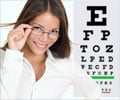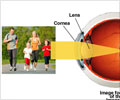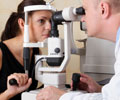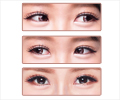Discover how excessive screen time can lead to myopia and learn practical tips to protect your eyes.
- Myopia is a condition where distant or far away objects appear blurry while close objects remain clear
- Prolonged near-work can strain the eye muscles and contribute to changes in eye shape
- Excessive screen time for more than 4 hours per day may significantly increase the risk of developing myopia
Digital Screen Time and Myopia A Systematic Review and Dose-Response Meta-Analysis
Go to source). Myopia is a condition where distant or far away objects appear blurry while close objects remain clear. It occurs when the eyeball grows too long or the cornea (the front part of the eye) is too curved. This causes light to focus in front of the retina rather than directly on it, leading to vision problems.
Kids and adults spending over 4 hours on screens daily have a higher risk of nearsightedness (myopia). Reduce screen time & spend at least 2 hours outdoors for healthier eyes! #protectyourvision #myopia #medindia’
How Screen Time Affects Eye Health
Spending long hours on digital devices can lead to myopia for several reasons:Increased Near-Work Activity
Looking at screens involves focusing on objects that are very close to our eyes. Prolonged near-work can strain the eye muscles and contribute to changes in eye shape, leading to myopia.
Reduced Outdoor Time
Outdoor activities, especially in natural daylight, play a crucial role in eye health. Sunlight helps regulate eye growth and may prevent excessive elongation of the eyeball.
When people, especially children, spend more time indoors on screens, they miss out on this protective effect.
Blinking Less Frequently
When using digital devices, we tend to blink less, leading to dry eyes and discomfort. While this may not directly cause myopia, it can worsen eye strain and make screen-related discomfort more noticeable.
Blue Light Exposure
Screens emit blue light, which can contribute to digital eye strain and disrupt sleep patterns. Poor sleep and eye strain might indirectly affect overall eye health, though more research is needed to fully understand its connection to myopia.
How Much Screen Time is Too Much?
Experts suggest that limiting screen time is one of the best ways to protect our eyes. While digital devices are essential for work and education; excessive use especially more than 4 hours per day may significantly increase the risk of developing myopia. Even just 1 to 2 hours of daily screen exposure can contribute to increased odds of nearsightedness over time.Tips to Protect Eyes from Screen-Related Myopia
Reducing screen time is not always practical, but here are some ways to minimize its effect on your vision:Follow the 20-20-20 Rule – Every 20 minutes, take a 20-second break and look at something 20 feet away to relax your eye muscles.
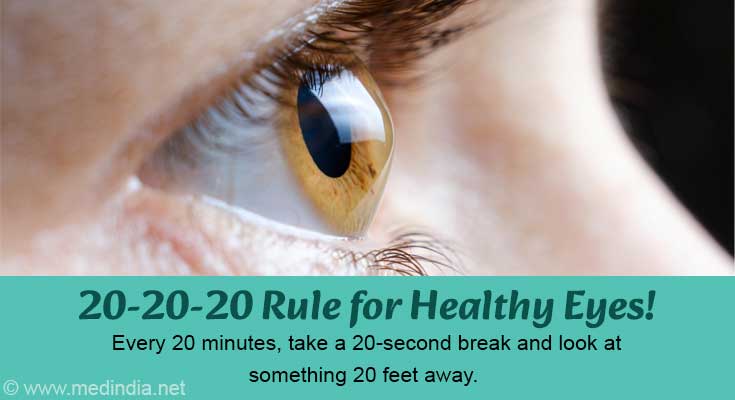
Adjust Screen Settings – Lower brightness, use blue light filters, and keep screens at a comfortable distance (at least an arm’s length away).
Encourage More Physical Activities – Replace unnecessary screen time with physical activities, hobbies, or social interactions that do not involve digital devices.
Get Regular Eye Checkups – Early detection of myopia can help manage it better with glasses, contact lenses, or other treatments.
Digital devices are an unavoidable part of modern life, but taking simple steps to reduce screen-related eye strain can go a long way in preventing myopia.
Limited screen exposure, increased outdoor time and following healthy eye habits can protect our vision in the long run. If you notice frequent headaches, eye fatigue, or difficulty seeing distant objects, it’s best to consult an eye care professional.
Reference:
- Digital Screen Time and Myopia A Systematic Review and Dose-Response Meta-Analysis - (https://jamanetwork.com/journals/jamanetworkopen/fullarticle/2830598)
Source-Medindia


